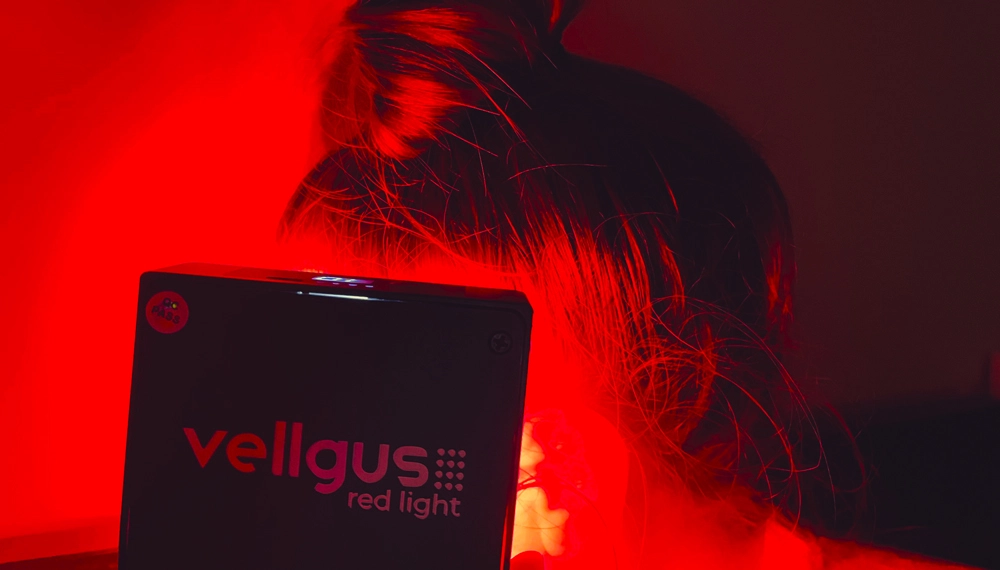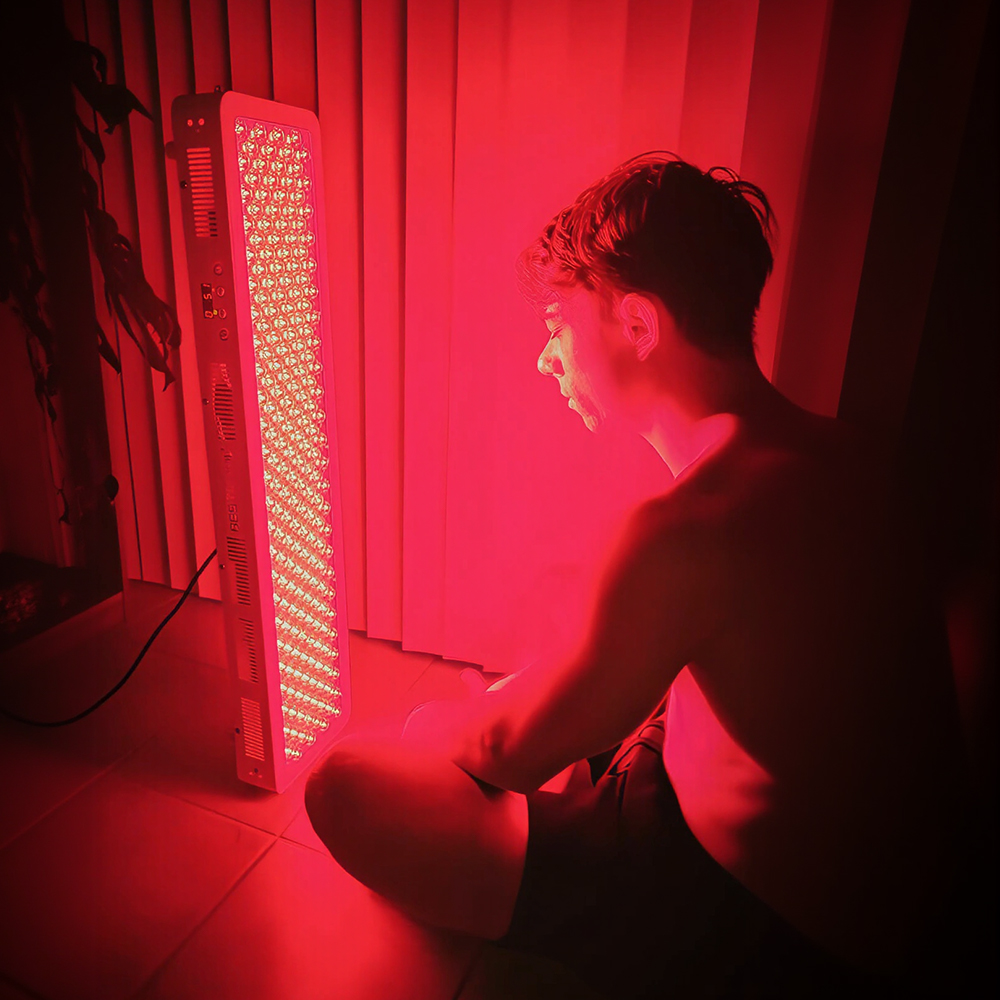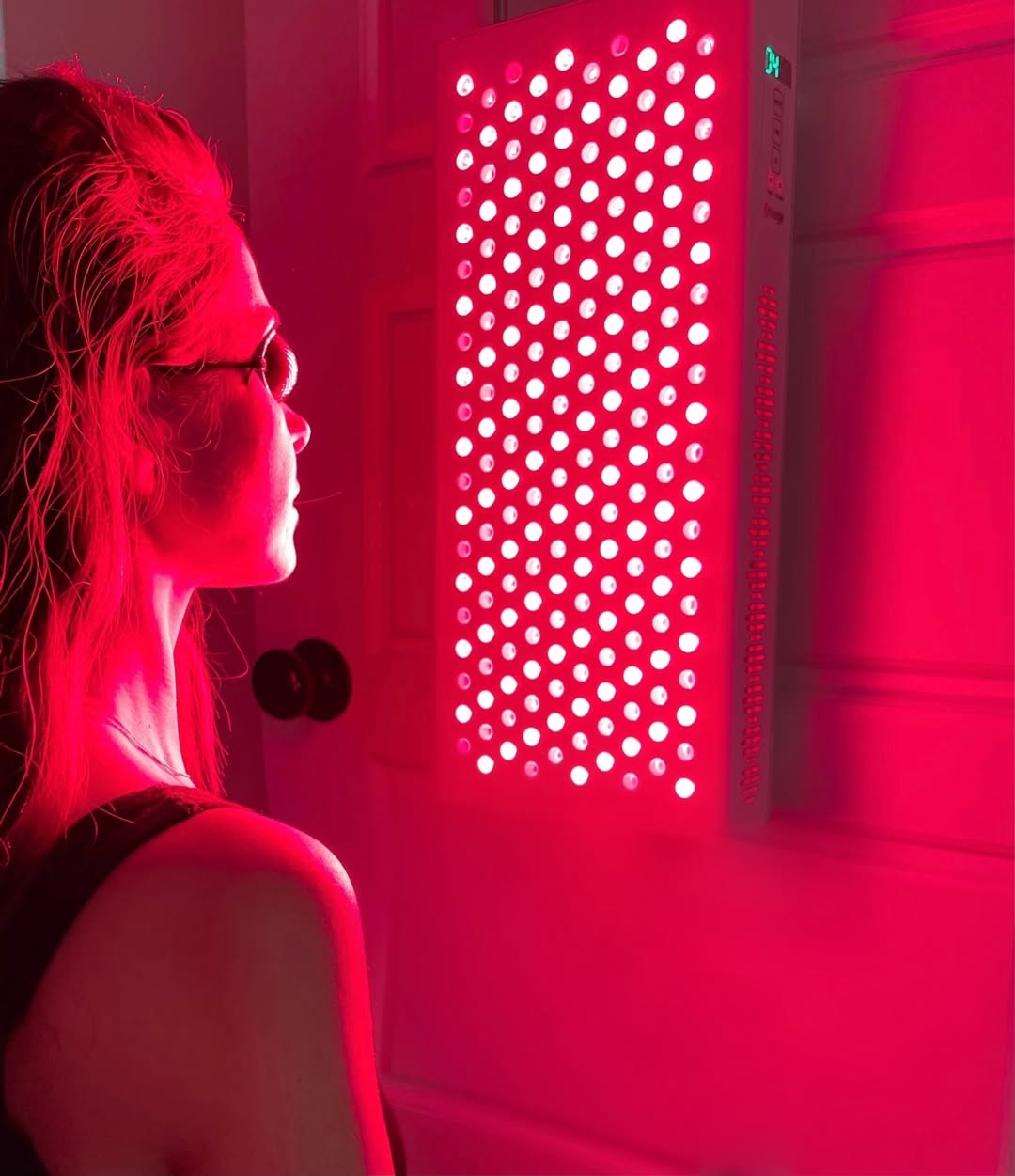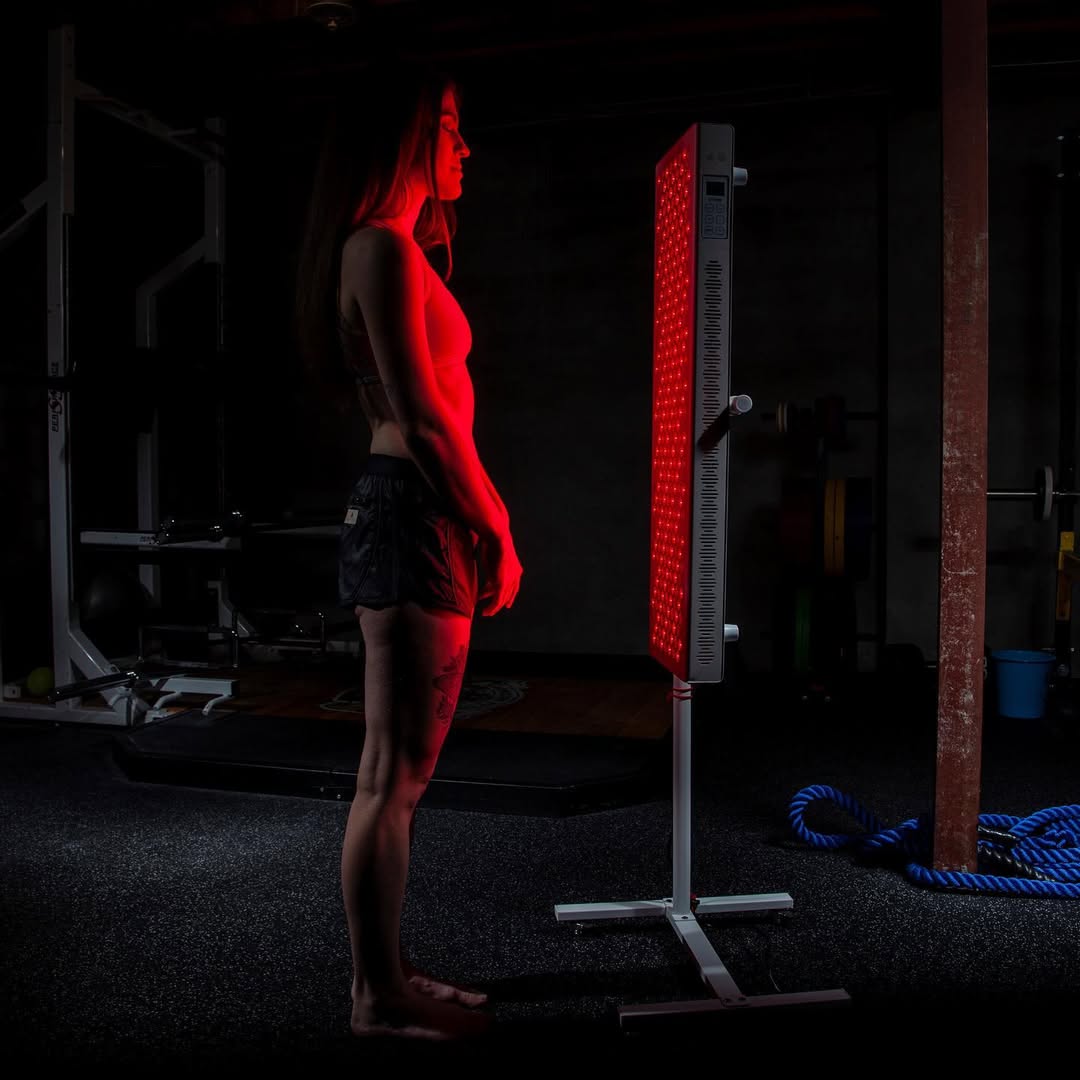![]() Free Shipping
Free Shipping ![]() Buy Now, Pay Later
Buy Now, Pay Later ![]() Eligible
Eligible
Is Higher Wattage Better in Red Light Therapy?

Red light therapy (RLT) has gained immense popularity in recent years for its potential benefits, including skin rejuvenation, pain relief, muscle recovery, and improved sleep. As more people invest in at-home red light therapy devices, a common question arises: Does higher wattage mean better results?
The answer isn’t as straightforward as a simple “yes” or “no.” Several factors influence the effectiveness of red light therapy, and wattage is just one piece of the puzzle. In this article, we’ll explore:
- What wattage means in red light therapy
- How wattage affects treatment effectiveness
- The role of irradiance (power density)
- Optimal wattage for different uses
- Myths and misconceptions about high-wattage devices
By the end, you’ll have a clear understanding of whether higher wattage is truly better—or if other factors matter more.
Understanding Wattage in Red Light Therapy
Wattage refers to the amount of electrical power a red light therapy device consumes. In simple terms, it indicates how much energy the device uses to emit light. However, higher wattage doesn’t always mean more effective treatment. Here’s why:
1. Wattage vs. Irradiance: What Really Matters?
While wattage tells you how much power a device uses, irradiance (measured in mW/cm²) tells you how much light energy actually reaches your skin. A high-wattage device with poor design might waste energy as heat or disperse light inefficiently, reducing irradiance.
Key Takeaway:
- A low-wattage device with high irradiance can be more effective than a high-wattage device with low irradiance.
- Distance from the light source also affects irradiance—closer proximity increases intensity.
2. Optimal Wattage for Different Uses
The ideal wattage depends on your goals:
- Skin Health & Anti-Aging (600-850nm wavelengths):
- Lower wattage (5W-50W) is often sufficient for facial treatments.
- High irradiance (50-100 mW/cm²) ensures deep penetration without overheating.
- Pain Relief & Muscle Recovery (630nm-850nm):
- Higher wattage (50W-300W) may be beneficial for larger body areas.
- Full-body panels (100W+) deliver broader coverage for systemic benefits.
- Deep Tissue Healing (Near-Infrared 800-1100nm):
- Higher wattage (100W+) can improve penetration for joint and muscle repair.
3. The Myth of “More Watts = Better Results”
Some companies market high-wattage devices as superior, but wattage alone doesn’t guarantee effectiveness. Consider:
- LED Quality: High-quality LEDs (e.g., medical-grade) deliver better wavelengths than cheap, high-wattage bulbs.
- Heat Management: Excessive wattage can lead to overheating, reducing LED lifespan and comfort.
- Treatment Time: A lower-wattage device with proper irradiance may require slightly longer sessions but can be just as effective.
How to Choose the Right Red Light Therapy Device
Instead of focusing solely on wattage, consider:
✅ Irradiance (Power Density): Look for at least 50-100 mW/cm² for effective treatment.
✅ Wavelengths:
- 630-660nm (Red Light): Best for skin and surface-level healing.
- 810-850nm (Near-Infrared): Penetrates deeper for muscles and joints.
✅ Coverage Area: Larger panels (higher wattage) are better for full-body therapy.
✅ FDA-Cleared Devices: Ensures safety and efficacy.
VELLGUS Elite V2
THE #1 RATED RED LIGHT DEVICE
VELLGUS pro V2
THE #1 RATED FULL BODY RED LIGHT DEVICE
Final Verdict: Is Higher Wattage Better?
Not necessarily. While higher wattage can support stronger irradiance and broader coverage, it’s only beneficial if the device is well-designed with optimal wavelengths and power density.
Best Approach:
- For targeted treatments (face, small injuries), a lower-wattage, high-irradiance device works well.
- For full-body therapy or deep tissue healing, a higher-wattage panel may be more efficient.
Ultimately, balance wattage with irradiance, wavelength accuracy, and your specific needs for the best red light therapy experience.
What’s Your Experience?
Have you tried different wattages in red light therapy? Did you notice a difference? Share your thoughts in the comments!








